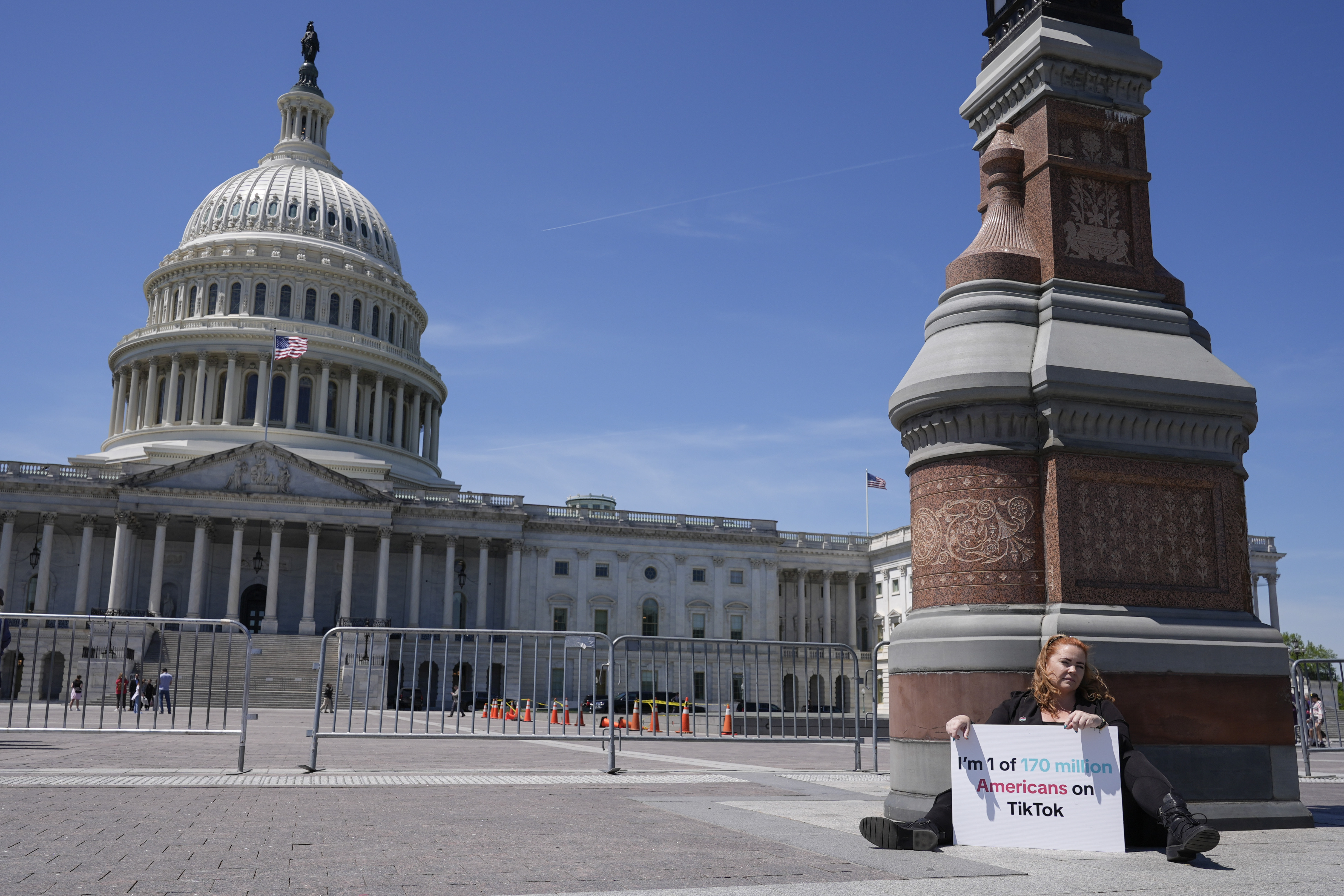Among the celebrations this weekend at Comic-Con International in San Diego, one of the most noteworthy is Saturday's Gays in Comics panel 25th year celebration.
It won’t be as flashy as the celebrity-thronged bow by the “Twilight” franchise, or retro in feeling as Schwarzenegger and Stallone’s appearance to plug “The Expendables 2.” But in terms of social and industry change, it’s as important and valued as a mint-condition, Mylar-sealed first edition.
“When you realize that the comic book industry started in the 1940s – it’s not even 80 years old – and we’ve been doing the panel a third of that period, it says a lot about our time,” says Andy Mangels, the author behind the panel since its inception. “About when comics were created and when gay comics became a force.”
The roots of the comic world’s longest running panel can be traced to an article Mangels wrote that was published in “Amazing Heroes” in the summer of 1988. “Out of the Closet and Into the Comics” addressed Mangels’ personal experiences of coming out as a gay man, and working in an industry he loved, but was one that offered no support or reflection of his own life.
Word of mouth grew over Mangels’ article (this was the pre-Internet 1980s), spurring the then 20-year-old to approach the organizers of Comic-Con with a view to staging a panel that addressed queer comics and the people who create them. They agreed.
“They didn’t know what would happen,” says Mangels. “None of us did.”
Between 600 and 700 people attended that first year, mainly out of curiosity according to Mangels. Today, the annual event draws roughly 3,000 people. “We get more people at our panel these days than they do at the 'X-Men' panel,” says Mangels proudly. “It’s kind of cool.”
U.S. & World
Twenty-five years ago gay characters and storylines existed only in underground comic publications. In 2012 hundreds of characters and titles now exist and sit proudly among mainstream franchises on bookstore shelves. DC’s Batwoman is a lesbian and Marvel superhero Northstar recently wed his long term same-sex partner Kyle in “Astonishing X-Men.”
Even more astonishing is that Northstar was beaten to the gay-marriage altar by none other than “Archie.” “Life with Archie” #16, published in February, showcased the marriage of Kevin Keller (a military veteran) to his male partner whom he met while serving in Iraq. Despite protests by conservative group One Million Moms the issue was a sell-out. Riverdale will never be the same.
In response to the popularity of the issue, Archie Comics co-CEO Jon Goldwater released a statement saying, “Our fans have come out in full support of Kevin. He is, without a doubt, the most important new character in Archie history. He’s here to stay.”
Viewed against the current backdrop of gay-marriage debates, hip-hop performers coming out of the closet and LGBT characters and shows staking a claim in pop culture, such advances may seem less than significant. But current social acceptance is a relatively new occurrence that only came about in the last decade. All thanks to the activism of people like Mangels and his supporters who demanded to see themselves represented alongside and within the mainstream.
“I don’t know if you would have seen a mainstream character like Batwoman that out ten years ago,” says “Jane’s World” creator Paige Braddock, whose titular character is a lesbian.
“It was a ghetto art form basically,” adds San Francisco-based cartoonist Justin Hall, referring to queer comics of the not-so distant past. “They traditionally lived in a parallel universe to the rest of the comic book world. Now that ghetto is dissolving – in part because of the publishing climate and part because of mainstream acceptance of queer stories. Every Barnes & Noble has a gay section these days.”
Hall, who edited the new gay anthology “No Straight Lines: 40 Years of Queer Comics” (which also is celebrated with a panel at Comic-Con), believes that queer comics and the people who create them made their biggest advances over the last decade.
“Andy Mangels was like the lone voice in the wilderness for a long time,” says Hall, who goes on to say that the creation of Prism Comics – a not-for-profit advocacy group that supports LGBT comics – in 2003 by Mangels and other cartoonists who had previously worked together on the publication “Out in Comics,” was a turning point in advancing awareness of the genre and the people who create it.
The long-standing attraction of the LGBT community to comic books is not hard to fathom. "More often than not, they have characters that have secret identities,” explains Mangels. "They have something special about them that they can’t reveal to the world. They're hiding something from the people they love. That’s a very seductive type of material for young LGBT readers.”
The 25th-year panel will mark Mangel's retirement from moderating the panel, though he will still be involved in organizing the event into the future. To ensure it would be more a celebration than the regular question and answer panel, Mangels reached out to every panelist who has participated in Gays in Comics over the 25 years and asked them to attend. Some cartoonists are sending video messages, others like Braddock and Hall will appear in person.
One issue likley to come up is the worry that the current celebration by the media of all things gay coild lead to queer characters and storylines being added simply for political correctness or to jump on the zeitgeist. “You want to believe that it is authentic,” Braddock says. “You have these mainstream books doing it and you think, ‘Hmm, was it just for publicity?’”
“In [mainstream] comics right now gay storylines are only just beginning to be shown,” says Mangels.
So can we expect to see a gay superhero comic book/blockbuster movie cross-over anytime soon? “That would be fantastic,” said Hall. “That would be a huge jump.”



